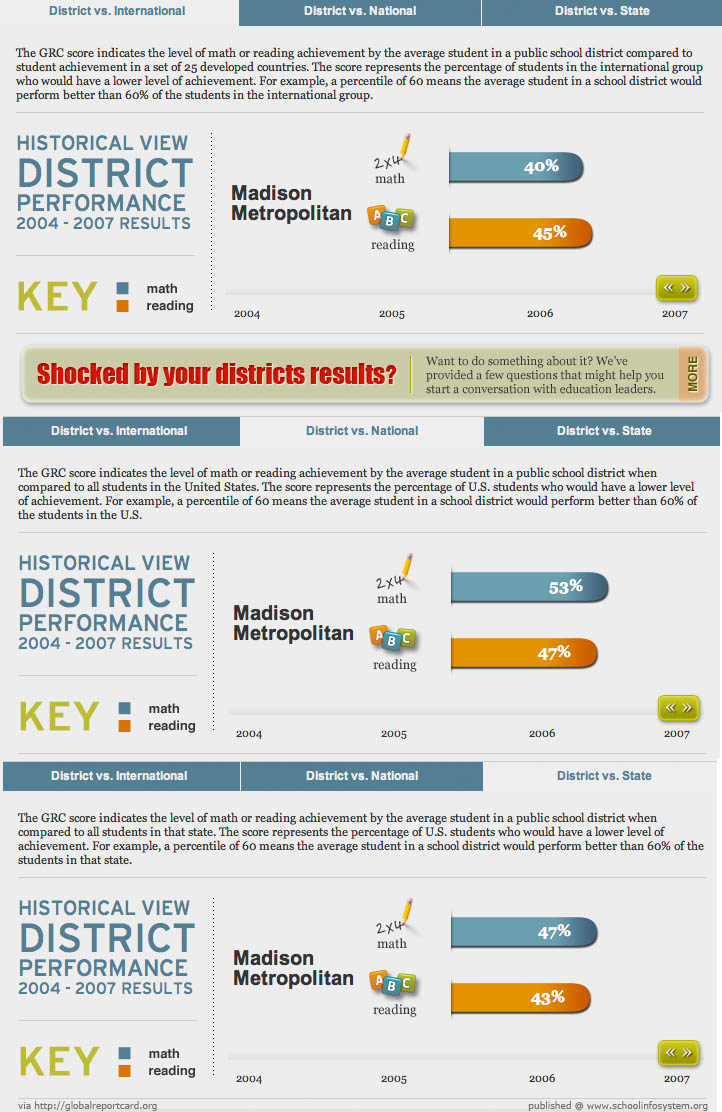By Reihan Salam
I’ve been eagerly awaiting the release of the latest issue of National Affairs, which includes Rick Hess’s fascinating and at times provocative discussion, or perhaps I say “devastating takedown,” of “achievement-gap mania.” The following paragraph gives you a hint as to Hess’s conclusion:
In essence, NCLB was an effort to link “conservative” nostrums of accountability to Great Society notions of “social justice.” The result was a noble exercise hailed for its compassion. The sad truth, however, is that the whole achievement-gap enterprise has been bad for schooling, bad for most children, and bad for the nation.
I found his discussion of the neglect of advanced and gifted education particularly convincing, as well as his recounting of how the “delusion of rigor” has undermined quality control across many domains. Hess ends his essay with an accounting of where “achievement-gap mania” has left the politics of K-12.
(1) Reforming education has become someone else’s problem:
First, achievement-gap mania has signaled to the vast majority of American parents that school reform isn’t about their kids. They are now expected to support efforts to close the achievement gap simply because it’s “the right thing to do,” regardless of the implications for their own children’s education. In fact, given that only about one household in five even contains school-age children — and given that two-thirds of families with children do not live in underserved urban neighborhoods, or do not send their kids to public schools, or otherwise do not stand to benefit from the gap-closing agenda — the result is a tiny potential constituency for achievement-gap reform, made up of perhaps 6% or 7% of American households.
Because middle-class parents and suburbanites have no personal stake in the gap-closing enterprise, reforms are tolerated rather than embraced. The most recent annual Gallup poll on attitudes toward schooling reported that just 20% of respondents said “improving the nation’s lowest-performing schools” was the most important of the nation’s education challenges. Indeed, while just 18% of the public gave American schools overall an A or a B, a sizable majority thought their own elementary and middle schools deserved those high grades. The implication is that most Americans, even those with school-age children, currently see education reform as time and money spent on other people’s children.
(2) Reforming education for the majority of students who come non-poor families is seen as somehow unnecessary:
Second, achievement-gap mania has created a dangerous complacency, giving suburban and middle-class Americans the false sense that things are just fine in their own schools. Thus it’s no surprise that professionals and suburbanites tend to regard “reforms” — from merit pay to charter schooling — as measures that they’ll tolerate as long as they’re reserved for urban schools, but that they won’t stand for in their own communities. …
Gap-closing strategies can be downright unhelpful or counterproductive when it comes to serving most students and families, and so can turn them off to education reform altogether. Longer school years and longer school days can be terrific for disadvantaged students or low achievers, but may be a recipe for backlash if imposed on families who already offer their kids many summer opportunities and extracurricular activities. Policies that seek to shift the “best” teachers to schools and classrooms serving low-achieving children represent a frontal assault on middle-class and affluent families. And responding to such concerns by belittling them is a sure-fire strategy for ensuring that school reform never amounts to more than a self-righteous crusade at odds with the interests of most middle-class families.
This is one reason why Hess rightly bristled at the crusader mentality that informs films like the recent Waiting for ‘Superman.’
(more…)




